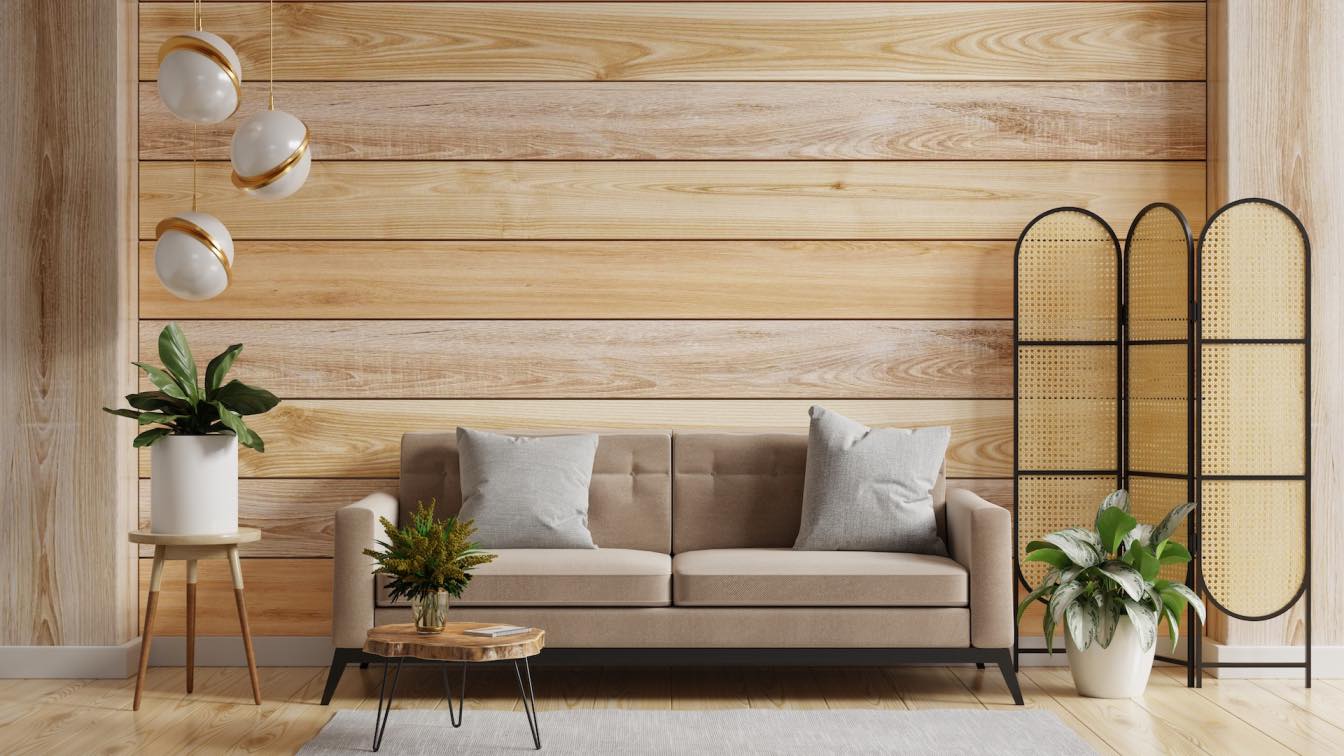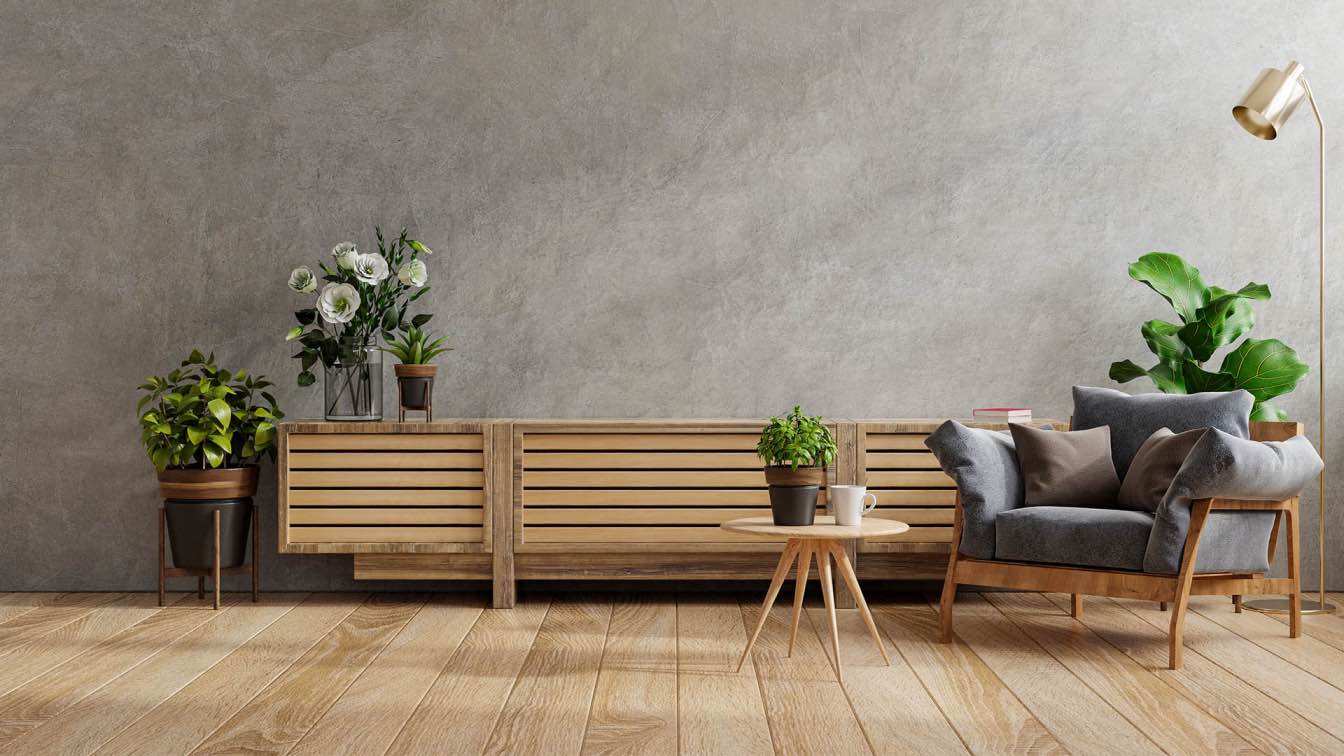Are your bathroom tiles looking tired and outdated, but you're not ready for a full-scale renovation? Fear not! You can give your bathroom a fresh new look by replacing floor and wall tiles without touching the entire bathroom suite.
This guide will assist you in replacing tiles. We will provide you with step-by-step instructions, tips, and warnings to ensure your project goes smoothly.
Understanding the process
Replacing bathroom tiles involves several key steps:
1. Assessment: Begin by assessing the condition of your existing tiles. Look for cracks, chips, or loose tiles that need to be replaced. Pay attention to areas with high moisture levels, such as shower enclosures, where damage is more likely to occur.
2. Preparation: Prepare the work area by removing any furniture, fixtures, or accessories that may obstruct the tile replacement process. Protect surfaces that are not being worked on with drop cloths or plastic sheeting to prevent damage.
3. Tile removal: Carefully remove the old tiles using a hammer, chisel, or tile scraper. Work systematically, starting from one corner and gradually moving across the area. Be mindful of surrounding tiles to avoid damaging them during removal.
4. Surface preparation: Once the old tiles are removed, clean the surface thoroughly to remove any adhesive residue or debris. Use a scraper or wire brush to smooth out any rough patches and ensure a clean, even surface for the new tiles.
Designing your bathroom
Before selecting new tiles, consider the design and aesthetic you want to achieve in your bathroom. Take into account factors such as colour, pattern, size, and texture to create a cohesive and visually appealing look.
Colour: Choose a colour scheme that complements your existing bathroom decor and suits your personal style. Neutral colours like white, grey, or beige are versatile options that can create a timeless and elegant look, while bold colours can add drama and personality to the space.
Pattern: Try out various tile patterns like subway, herringbone, or mosaic to create visual interest and texture on your bathroom walls and floors. Opt for larger tiles for a modern, sleek appearance, or choose smaller tiles for detailed designs and a classic look.
Texture: Select tiles with varying textures, such as matte, glossy, or textured finishes, to create depth and dimension in your bathroom. Textured tiles can also provide added slip resistance in wet areas like shower floors.
Refreshing bathroom tiles
When choosing new tiles for your bathroom, opt for high-quality materials that are durable, water-resistant, and easy to clean. Porcelain and ceramic tiles are popular choices for bathroom floors and walls due to their durability and versatility.
Floor tiles: Select non-slip floor tiles with a textured surface to prevent slips and falls, especially in wet areas like shower enclosures. Consider large format tiles for a seamless look and easier maintenance.
Wall tiles: Choose wall tiles that are moisture-resistant and easy to clean, particularly in areas exposed to water and humidity. Consider adding decorative accents or borders to enhance the visual appeal of your bathroom walls.
Updating bathroom décor
In addition to replacing tiles, consider updating other elements of your bathroom décor to complement the new tile design.
Fixtures: Upgrade outdated fixtures like faucets, showerheads, and towel bars to coordinate with the new tile aesthetic. Choose finishes that complement your chosen tile colour and style, such as chrome, brushed nickel, or matte black.
Accessories: Add finishing touches with stylish accessories like mirrors, lighting fixtures, and storage solutions. Incorporate elements that reflect your personal style and enhance the overall ambiance of your bathroom.
Tile replacement without bathroom suites
Replacing floor and wall tiles without replacing the entire bathroom suite is entirely feasible with strategic planning and careful execution. By focusing solely on the tiles, you can achieve a significant transformation without the hassle and expense of replacing the entire suite.
Cost-effectiveness: Targeted tile replacement is a cost-effective way to refresh your bathroom without breaking the bank. By only replacing the tiles that need updating, you can save time and money compared to a full-scale renovation.
Minimal disruption: Unlike a complete bathroom renovation, targeted tile replacement causes minimal disruption to your daily routine. With proper planning and preparation, you can complete the project efficiently and enjoy your newly refreshed bathroom in no time.
Environmental impact: By reusing existing bathroom fixtures and only replacing the tiles, you can reduce waste and minimise the environmental impact of your renovation project. Consider donating salvageable materials to local charities or recycling centres to further reduce waste.
Strategies for targeted tile replacement
Start by assessing the condition of your existing tiles and identifying areas in need of replacement. Focus on high-traffic areas like shower enclosures and bathroom floors, where wear and tear are most evident.
Partial replacement: Instead of replacing all the tiles in a bathroom, consider a partial replacement strategy. Replace only the damaged or outdated tiles while leaving the rest intact to save time and money.
Tile overlay: If your existing tiles are in relatively good condition but need a cosmetic update, consider overlaying new tiles on top of the old ones. This technique can save time and money compared to complete tile removal and replacement.
Grout restoration: Revitalise the look of your existing tiles by refreshing the grout. Remove old grout and apply new grout to restore the appearance and functionality of your tiled surfaces. Consider using a grout colourant to change the colour of the grout for a fresh new look.
Upgrading your bathroom
Upgrade your bathroom with targeted tile replacement to address cosmetic flaws and enhance functionality. Whether you're covering up outdated patterns or fixing damaged tiles, replacing floor and wall tiles can breathe new life into your bathroom without the need for a complete overhaul.
Professional assistance: If you're not comfortable tackling tile replacement yourself, consider hiring a professional contractor or tile installer to assist with the project. A skilled professional can ensure a high-quality finish and minimise the risk of errors or complications.
Quality materials: Invest in high-quality tiles and installation materials to ensure a durable and long-lasting result. Choose reputable brands and suppliers that offer warranties and guarantees for peace of mind.
Routine maintenance: After installing your new tiles, make sure to maintain them regularly to keep them looking their best and functioning well. Clean the tiles regularly using mild detergent and water, and steer clear of abrasive cleaners or harsh chemicals that could harm the tile surface.
Replacing tiles without redoing the whole bathroom is a budget-friendly way to refresh your space. Understand the process, plan your bathroom's design, spruce up tiles, update décor, and use targeted replacement tactics for impressive results.
Welcome a refreshed bathroom that reflects your style! Whether DIY or professional help, thoughtful planning and execution are key. Create a beautiful and functional bathroom that lasts with the right approach. Transform your bathroom into a stylish and comfortable sanctuary!





